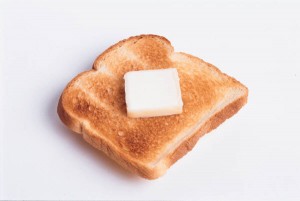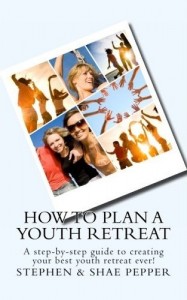
Live Below The Line is a global campaign that seeks to both raise awareness about extreme poverty and raise money in order to make a difference for people living in that situation.
This week’s session plan idea therefore has some ideas for youth group activities to take part in this campaign.
What’s involved?
Extreme poverty is currently defined as having to live on $1.50 a day. The Live Below The Line campaign therefore encourages people to spend five days living on $1.50 a day, so a total of $7.50 over the course of the five days.
Although this would normally include all costs like housing, clothing, transport, etc, for the purpose of the campaign participants only have to restrict their $1.50 spending to food and drink.
The US part of the campaign is being run from April 29 to May 3 2013, but if this doesn’t provide enough time to prepare the following activities, your youth group could always participate during another 5 day period.
So here are some suggested youth group activities to help your young people have a more tangible appreciation for what life is like when living on such a small amount of money.
Activity 1 – Video
Watch a video which explains a little more about Live Below The Line. We’ve embedded one below featuring Hugh Jackman, but there are many more featuring Sophia Bush, Josh Groban and others.
n.b. This video is aimed at Australians, so gives the figure as $2 which is the Australian Dollar equivalent.
Activity 2 – Meal Planning
Sit down with your youth and plan out some meals that they might be able to afford on a $1.50 a day budget
To prepare for this, go to a grocery store and price out various staple foods and ingredients. Make a note of the:
- Price per package
- Weight of package
- Portion size
This will enable you to calculate the cost per portion in advance. Create a worksheet with all the portion size prices so that the young people can pick and choose the different ingredients they need for each meal.
Here are some suggestions for food items to include:
- Pasta
- Rice
- Baked potatoes
- Bananas
- Breakfast cereal
- Milk
- Eggs
- Cheap cuts of meat
- Canned tuna
- Lentils
- Vegetables
- Ramen noodles
- Canned tomatoes
- Bread
- Butter
Stipulate that they have to plan for three meals a day. Each meal doesn’t have to total $0.50, but they’re not allowed to exceed $1.50 per day.
See our previous session plan about meal planning for some further ideas on how to help young people learn how to do this.
Activity 3 – Cooking
Even if your youth group can’t fully participate in the entire campaign, cook and eat a meal together. For this part, allow $0.50 per person for ingredients.
This might cause some conflicts between youth who want to eat different things or who don’t like the meal that’s been chosen. Use this as an opportunity to discuss what it must be like for families who have to live on such a strict budget for their entire lives. Encourage them to try to find a meal that everyone’s able to agree upon.
Activity 4 – Fundraiser
Plan a youth group fundraiser as an activity to raise money for people who have to live on such a low budget every day of the year. The Live Below The Line website has a list of partner organizations who the money can be donated to.
A good option could be a spaghetti dinner fundraiser, restricting the portion size spending to $1.50 per person. You can then highlight to the attendees that the meal they just ate would be all that 1.4 billion people worldwide would be able to afford for that day’s food.
Try to charge as much as possible for the meal so that you can maximize the amount raised. If 50 people paid $10 per head, this would raise $425 after the food costs have been taken out. Arrange a collection for the attendees to donate further to the cause.
Activity 5 – Youth Retreat
If you’re planning a youth retreat, consider using a hunger theme, limiting the food spending to $1.50 per person per day. This will give the youth a much better idea of what it’s really like to live on such a low food budget and how bland and lacking in nutrition meals will tend to be.
This will also help reduce the cost of the youth retreat as you’ll need less money for the food budget. Charge the same amount for the retreat as you normally would though, using the additional money to either subsidize the cost for less well-off youth, or donate the rest to a charity that works with people living in extreme poverty.
Questions: Are you taking part in the Live Below The Line campaign? What kind of youth group activities are you planning? Let us know in the comments below.
You can also connect with us by:
- Signing up to receive our posts via email
- Following us on Twitter
- Liking us on Facebook
- Signing up to our RSS feed
 (Edit: Since this post was published, it looks like the Enough Food For Everyone IF website has been taken down. We’ve therefore removed any dead links – apologies that this reduced the usefulness of this session idea)
(Edit: Since this post was published, it looks like the Enough Food For Everyone IF website has been taken down. We’ve therefore removed any dead links – apologies that this reduced the usefulness of this session idea)